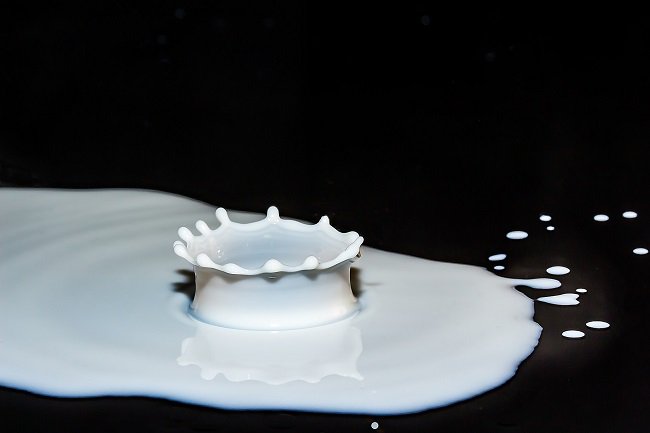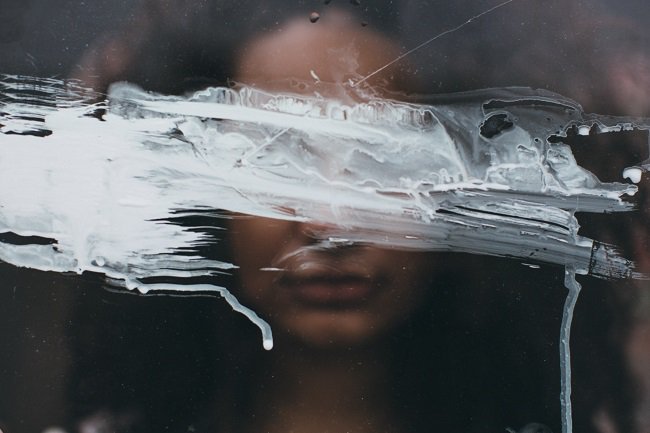The potentially harmful practice of skin lightening is a multi-billion dollar industry that walks the line between aesthetic choice and racial prejudice. Mary-Rose Abraham meets those standing up to an ingrained bias towards fairer skin
“It starts when children are young.
The moment a child is born, relatives start comparing siblings’ skin colour. It starts in your own family. But people don’t want to talk about it openly.”Kavitha Emmanuel is the founder of Women of Worth, an Indian NGO that is standing up to an ingrained bias toward lighter skin. The Dark is Beautiful campaign, launched in 2009, is not “anti-white,” she explains, but about inclusivity – beauty beyond colour. It carries celebrity endorsement, most notably the Bollywood actor Nandita Das. A blog provides a forum for people to share their personal stories of skin colour bias. And the campaign runs media literacy workshops and advocacy programmes in schools to convey messages of self-esteem and self-worth to young children. This is to counteract what Emmanuel says she has seen even in school textbooks, where a picture of a fair-skinned girl is labelled “beautiful” and a darker one “ugly”.
“Some children are really shocked that this is something that has affected them so intensely. Some are in tears,” Emmanuel says.
The perfect life from perfect skin, a life that’s only bestowed upon those of the right shade – that’s the message, the attitude, the mindset that’s being passed down. It’s spawned a multibillion-dollar industry encompassing not just cosmetic creams but invasive procedures such as skin bleaching, chemical peels, laser treatments, steroid cocktails, “whitening” pills and intravenous injections – all with varying effectiveness and health risks.
It’s more than a bias, it’s a cultural obsession, and one that’s becoming dangerous.Support rigorous journalism about progress and possibility.
Multinational cosmetics brands have found a lucrative market: global spending on skin lightening is projected to triple to US$31.2 billion (£23.3 billion) by 2024, according to a report released in June 2017 by the research firm Global Industry Analysts.
The driving force, they say, is “the still rampant darker skin stigma and rigid cultural perception that correlates lighter skin tone with beauty and personal success”.
“This is not bias. This is racism,” says Sunil Bhatia, a professor of human development at Connecticut College. Bhatia has recently written in US News & World Report about “deep-rooted internalised racism and social hierarchies based on skin colour”.
In India, these were codified in the caste system, the ancient Hindu classification in which birth determined occupation and social stratum. At the top, Brahmins were priests and intellectuals. At the bottom, outcastes were confined to the least-desired jobs, such as latrine cleaners. Bhatia says caste may have been to do with more than occupation: the darker you looked, the lower your place in the social hierarchy.
This preference for fair skin was perpetuated and strongly reinforced by colonialism, not just in India but in dozens of countries where a European power established its dominance. It’s the idea that the ruler is fair-skinned, says Emmanuel. “All around the world, it was a fact that the rich could stay indoors versus the poor who worked outside and were dark-skinned.”
The final wave of influence is modern-day globalisation. “There is an interesting whiteness travelling from the US to malls [in other countries] featuring white models,” Bhatia tells me. “You can trace a line from colonialism, post-colonialism and globalisation.” Western beauty ideals, including fair skin, predominate worldwide. And with these ideals come products to service them.
In Nigeria, 77 per cent of the country’s women use skin lightening agents, compared with 59 per cent in Togo and 27 per cent in Senegal. But the largest and fastest-growing markets are in the Asia-Pacific region.

In India, a typical supermarket will have a wall of personal care products featuring “whitening” moisturiser or “lightening” body creams from recognisable brands.
Pooja Kannan, a 27-year-old from Mumbai, spent years buying cosmetics that promised to lighten her complexion. For a while she put her faith in a cream, face wash and soap for treating “skin fairness problems”. She used the products sparingly, since buying new ones still cost her 200-300 rupees (£2-£3) every two months – equivalent to a week’s worth of travel to her college campus. After four years of use, she tells me, her skin did lighten up a little, though she wonders whether that was due to the cream or her taking more care when going out in the sun.
Kannan’s natural skin tone looks a healthy light brown to me, but when she was growing up, her elder aunts would shake their heads in disappointment over her complexion. A tan would lead some relatives and classmates to admonish her. “You’ve turned black,” they said. And in India, where skin tone often defines a person’s success in society and their ability to find work or a spouse, that sort of thing matters. Kannan says she brushed off her relatives’ criticism as being from a different generation, but her classmates’ comments made her feel insecure.
“It didn’t affect me right then but when I was getting dressed up to go out, I would remember what they said and put on more make-up,” she says. “Especially when I was in 11th and 12th grades, there were two or three girls who would say these things a lot. They were trying to be helpful but to me it sounded condescending. And it was hypocritical too because it wasn’t like they were fair or beautiful or perfect themselves.”
Society reminded Kannan of it too. She is a professional dancer, and says, “The prettier, skinnier and fairer girls are positioned at the front of the stage. That gets to you.”
This preference for fair skin is reinforced in films, television programmes and especially advertising. In 2016, actor Emma Watson had to issue a statement saying she would no longer endorse products which “do not always reflect the diverse beauty of all women” after criticisms of her earlier appearance in ads in Asia for Lancôme’s Blanc Expert line, used for skin lightening. (In a statement, Lancôme emphasised the product’s ‘evening’ rather than lightening properties, saying that it “helps brighten, evens skin tone, and provides a healthy-looking complexion. This kind of product, proposed by every brand, is an essential part of Asian women’s beauty routines.”)
The perfect life from perfect skin – that’s the message, the attitude, the mindset that’s being passed down
The Advertising Standards Council of India has attempted to address skin-based discrimination in 2014 by banning ads depicting people with darker skin as inferior, but the products are still marketed. Ads for skin lightening creams still appear in newspapers, on television and on billboards, featuring Bollywood celebrities such as Shah Rukh Khan and Deepika Padukone. In multiple Facebook posts in April 2017, actor Abhay Deol called out several of his colleagues for endorsing fairness creams, following it up with an opinion piece in the Hindustan Times in which he wrote that “advertising preaches that we would get a better job, a happier marriage, and more beautiful children if we were fair. We are conditioned to believe that life would have been easier had we been born fairer.
Skin lightening is not the sole preserve of the modern cosmetics industry. India’s traditional Ayurveda medical system teaches that pregnant women can improve their fetus’s complexion by drinking saffron-laced milk and eating oranges, fennel seeds and coconut pieces. In early 2017, an Ayurvedic practitioner in Kolkata led a session for expectant couples, promising that even dark-skinned, short parents could have tall and fair children.
And a 2012 study by a women’s health charity in India found that childless couples often insisted on and paid more for surrogates who were beautiful and fair, though the woman contributed no genetic material to the baby.
Arguably, nowhere is the fair skin preference as ingrained as in classified ads placed in newspapers seeking a marriage partner. Along with requirements for the prospective bride’s or groom’s caste, religion, profession and education, physical characteristics are listed too. Someone described as “dusky” may be skipped in favour of one who is of a “fair” complexion.
In April 2017, the Times of India media group placed its own notice exhorting parents to emphasise a daughter’s profession and educational qualifications ahead of whether she was “fair”.
“Potential brides spend a lot of money, it’s really unlimited, in the months before the wedding,” says Ema Trinidad, a Filipina beautician who runs a spa in Bengaluru. “I was so surprised when I came here that your chances of getting married depend on your skin colour. We don’t have that in the Philippines.”

The mindset is so normalised that people accept treatments as a part of wedding preparations – men as well as women. When Karthik Panchapakesan got married in 2001, he was intrigued by ads for a “complete makeover” and decided to try it out before his wedding reception, along with his brother-in-law.
“I had never gone to a salon before,” says Panchapakesan, a 50-year-old media specialist working in community radio. They went to…
The post Beauty beyond colour: meet those fighting the dangerous obsession of skin lightening appeared first on FeedBox.